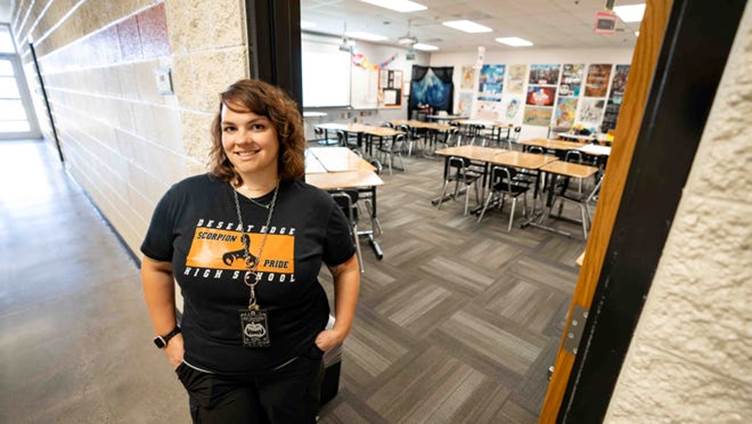As the 2025 school year wraps up, one thing is crystal clear to teachers, parents, and the wider community: artificial intelligence is no longer a distant concept—it’s firmly entrenched in education, taking over tasks once reserved for human minds. AI now tutors students at personalized speeds, delivers tailored lessons, and even excels at exams—one of which I designed for my own course. That part, while a little unsettling, doesn’t truly alarm me. Machines naturally process information at lightning speed.
What unsettles me more is how quickly we’re handing over education’s purpose to machines and political turmoil alike.

A recent Brookings report reveals that only one in three students is genuinely engaged at school. That echoes what I’ve witnessed firsthand—from my days as a high school teacher to my current role as a professor. Many students are checked out, drifting through their classes quietly, while teachers juggle crises after crises. Their job feels less like teaching and more like damage control—lifting a few students to grade level and hoping others don’t fall behind.
I tested one of my final exams with ChatGPT. It nailed a 90% on the first try, then scored 100% the next. Colleagues tell me their students submit essays written by AI. One professor I know has given up and reverted to handwritten, in-class final exams—it’s 2025, and we’re back to old-fashioned blue books.
Recently, I surveyed and interviewed high school social studies teachers nationwide about democratic education. Every single one said they struggle to create assignments AI can’t handle. These tasks aren’t simple multiple-choice or five-paragraph essays; they’re in-depth book analyses, historical critiques, and policy debates—work that once demanded original thinking. Now? Chatbots replicate it well enough to pass.
So what’s the answer? Should we just double down on job training? That’s what worries me. Much of today’s education policy seems focused on churning out workers for a labor market already in upheaval.
AI will reshape the job landscape whether we want it to or not. Pretending that piling on credentials will save us is wishful thinking.
School should teach students how to live in the world—not just how to work in it.
John Dewey, the early 20th-century pragmatist, gave us the answer over a century ago. He argued that school isn’t merely a conveyor belt to employment. It’s where young people learn how to participate in democracy—not just memorize its facts, but actively build, challenge, and sustain it.
Schools don’t just reflect the world—they are microcosms of it, guided by adults and peers, offering a space to try, fail, and learn safely.
That’s not something AI can replicate. And frankly, our current test-obsessed, job-focused education system falls short here, too.
Parents and communities must play a vital role in shaping this vision of education, one that fosters a stronger, healthier democracy for everyone.
In Dewey’s view, teachers are not mere conveyors of content. They’re guides helping students navigate how to live together, argue respectfully, make sense of the world and their place in it, find purpose, and collaborate to solve problems.
If we let AI set the boundaries of teaching, we risk hollowing out education itself. Sure, students might learn to consume information more efficiently, but they’ll miss out on the messy, beautiful human work of collaboration, curiosity, disagreement, and creation.
And in a world increasingly dominated by machines, that human experience might be the most crucial lesson of all.
The challenge isn’t to outsmart AI at its own game—it’s to ensure education remains human enough for students to learn how to be human together.



